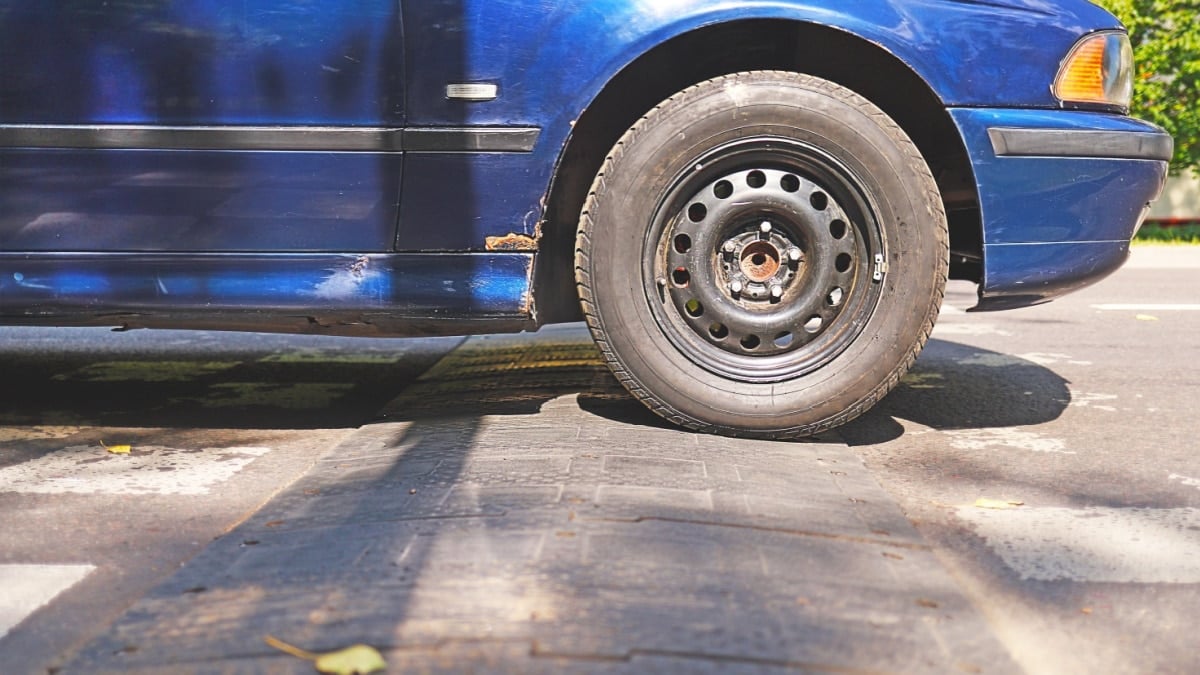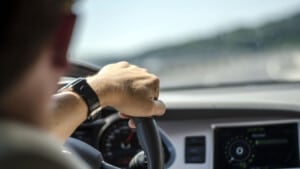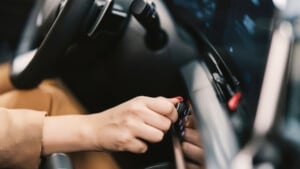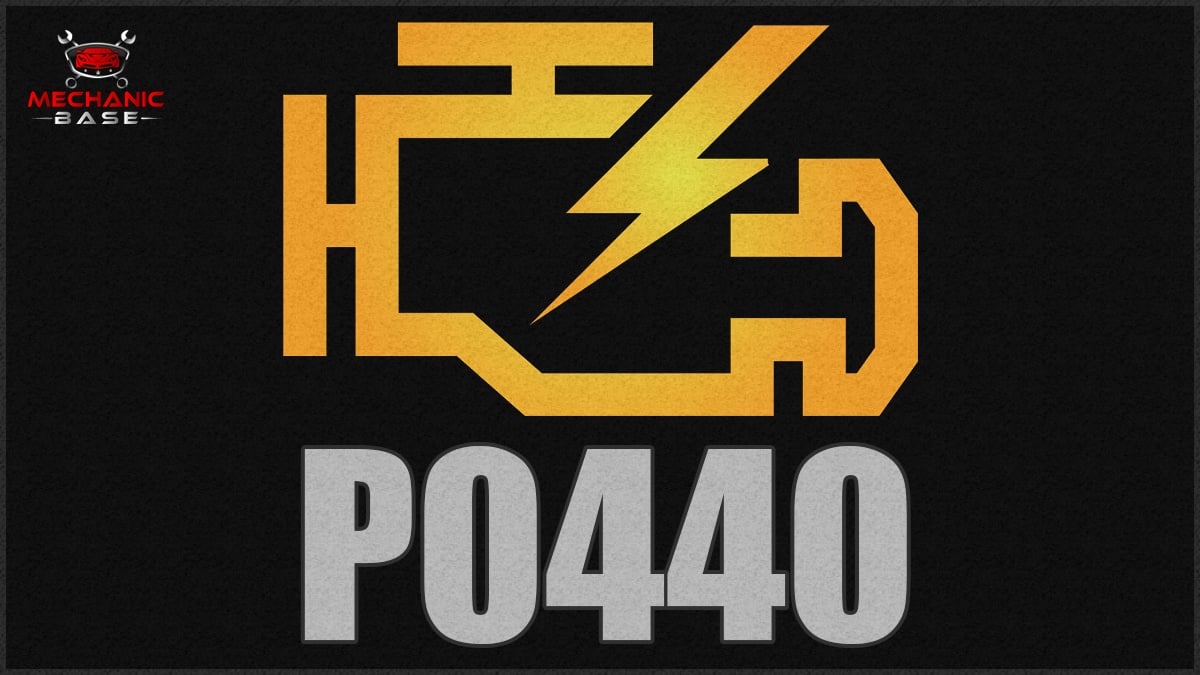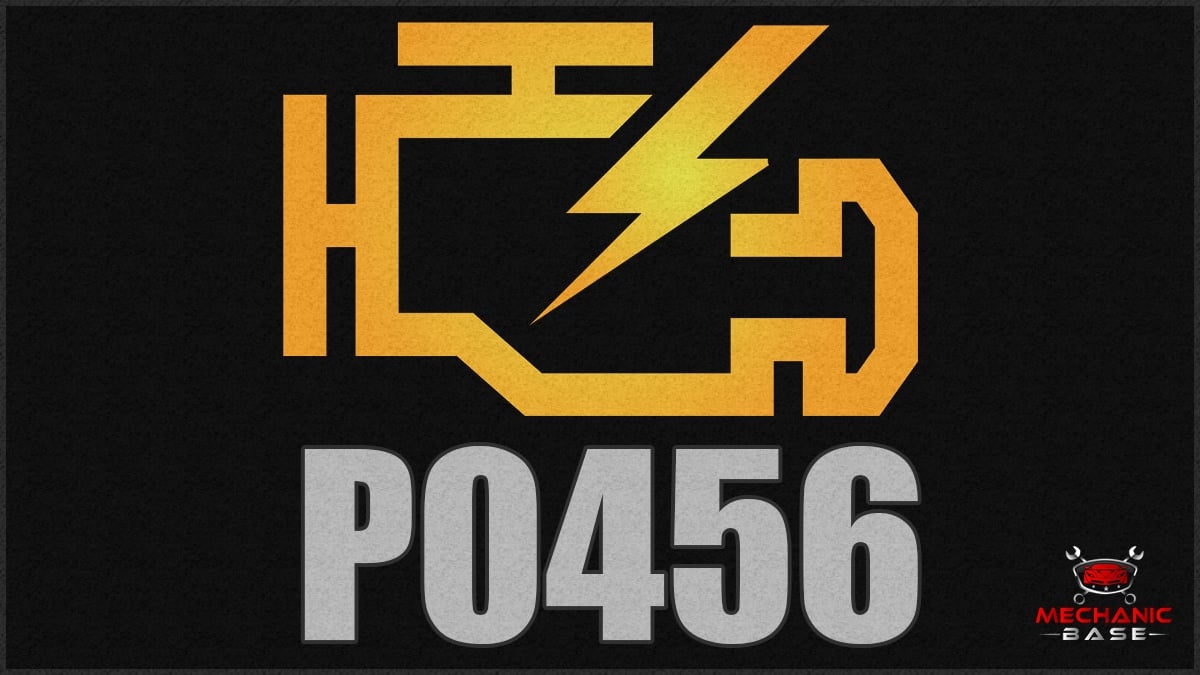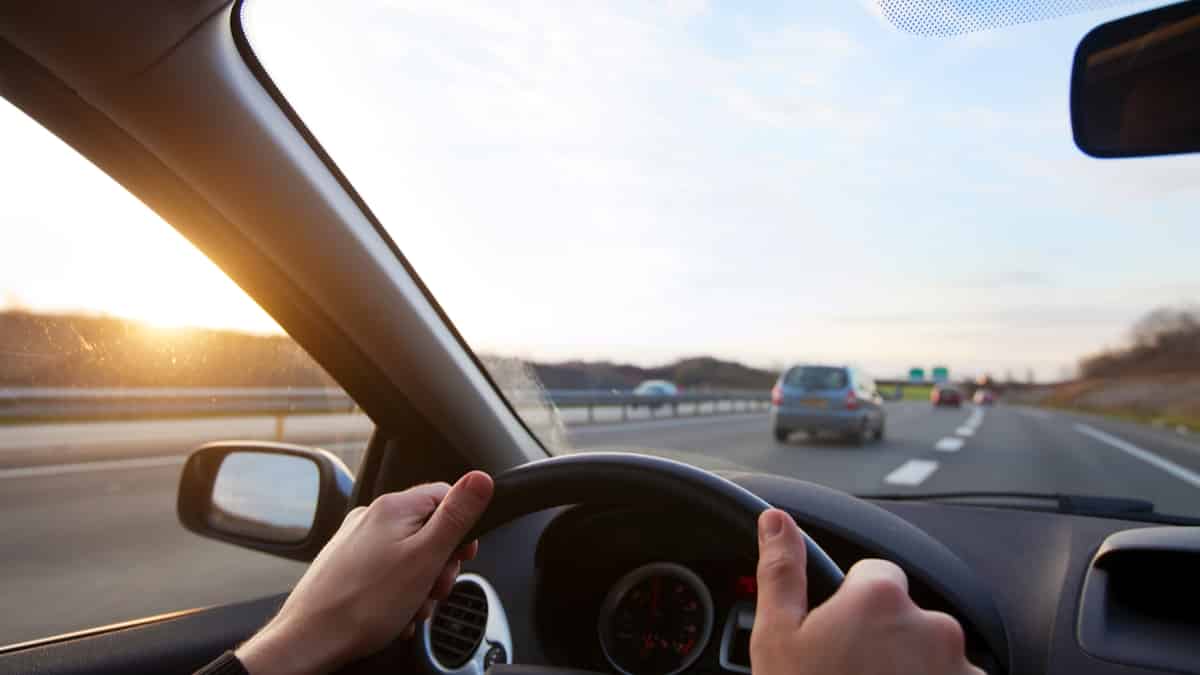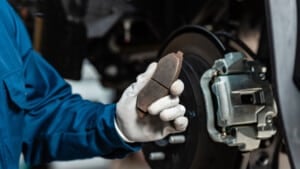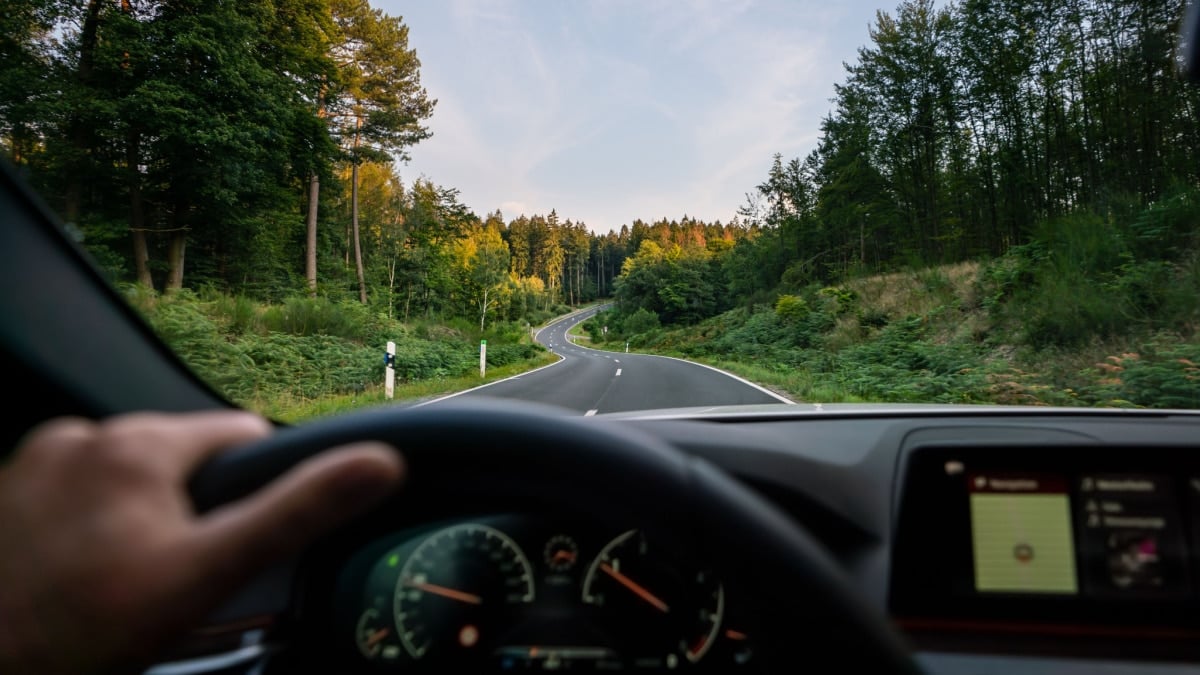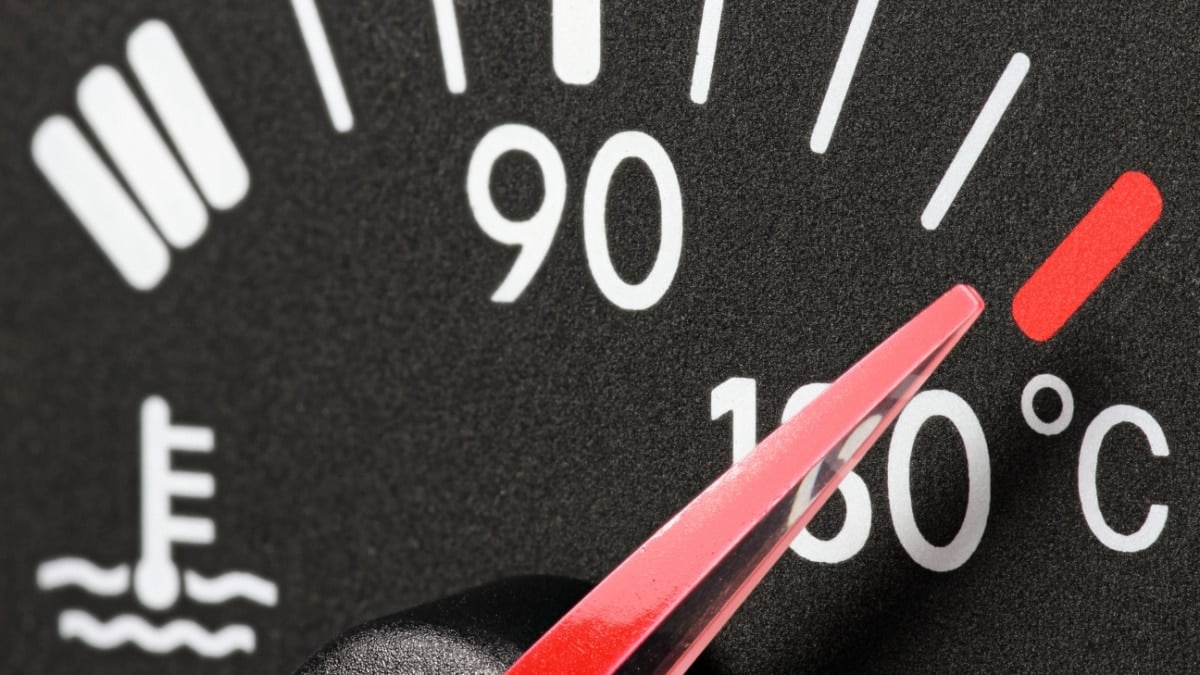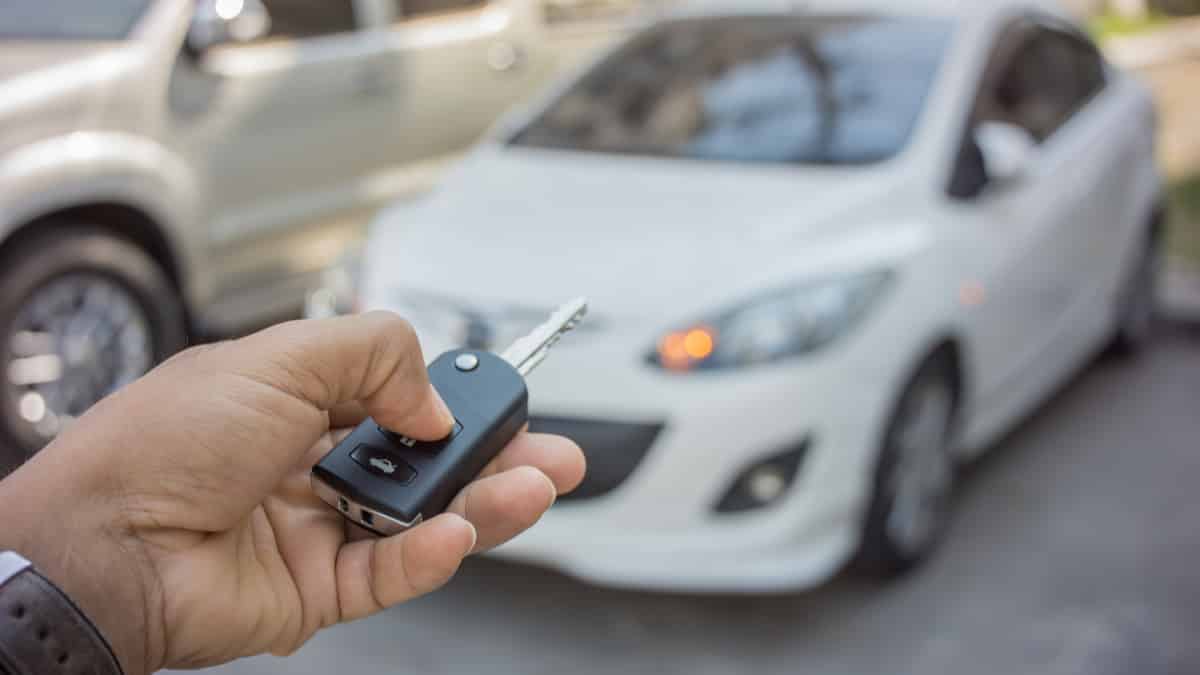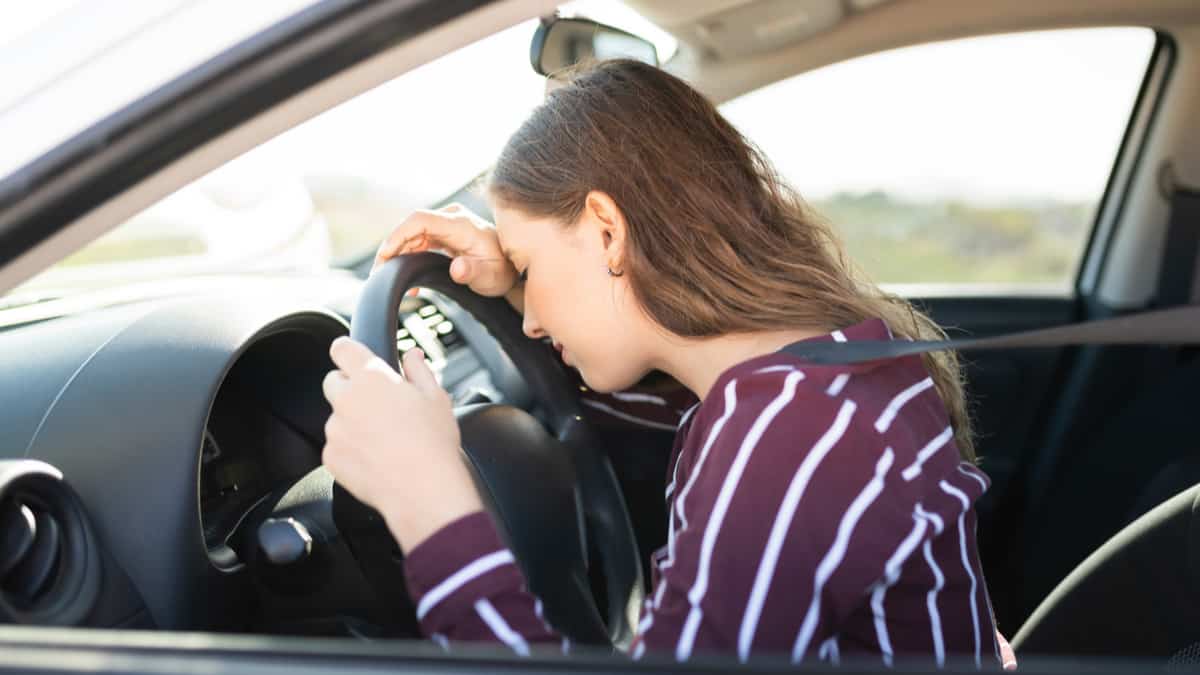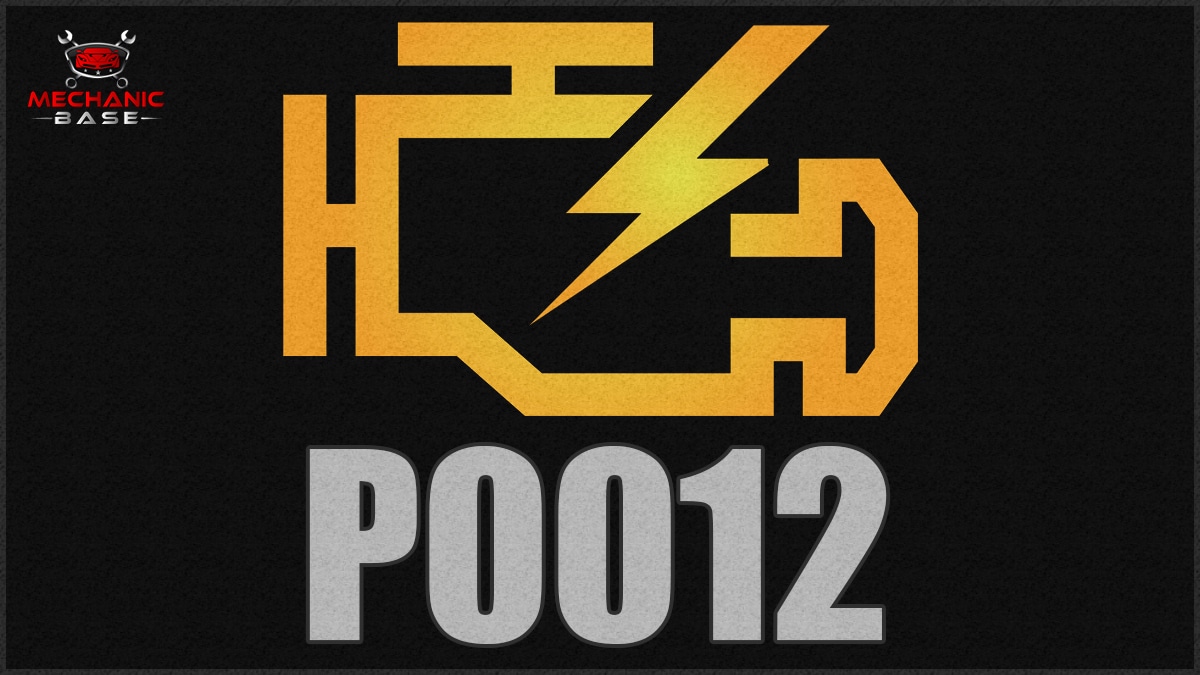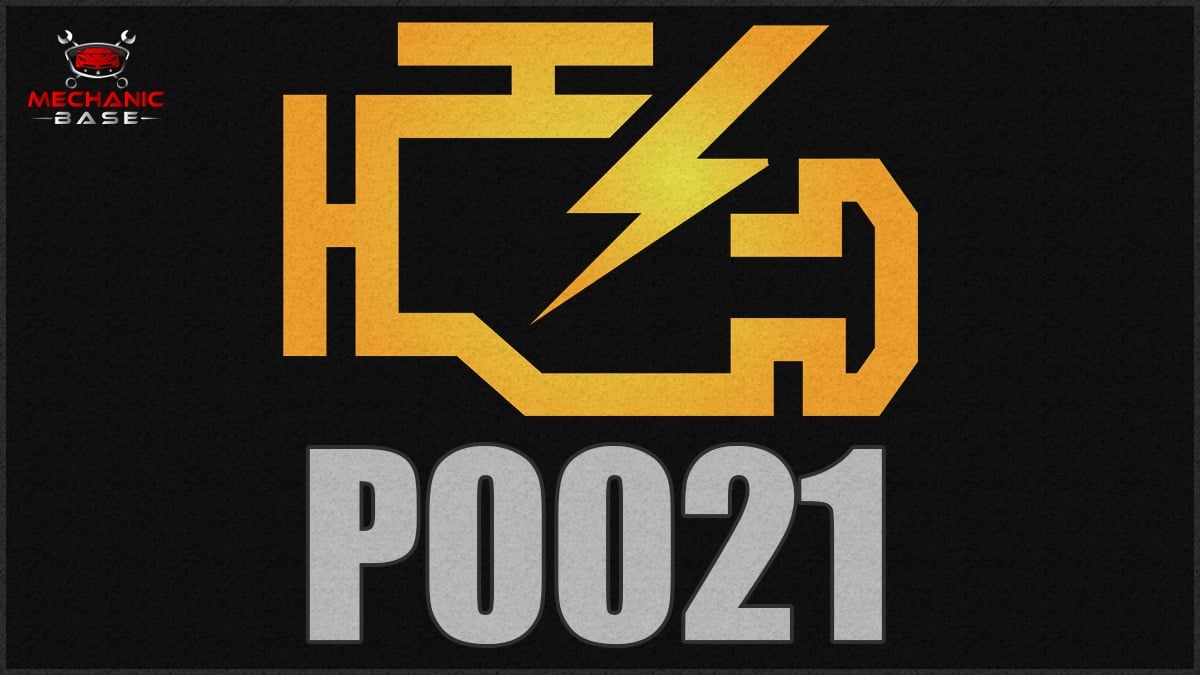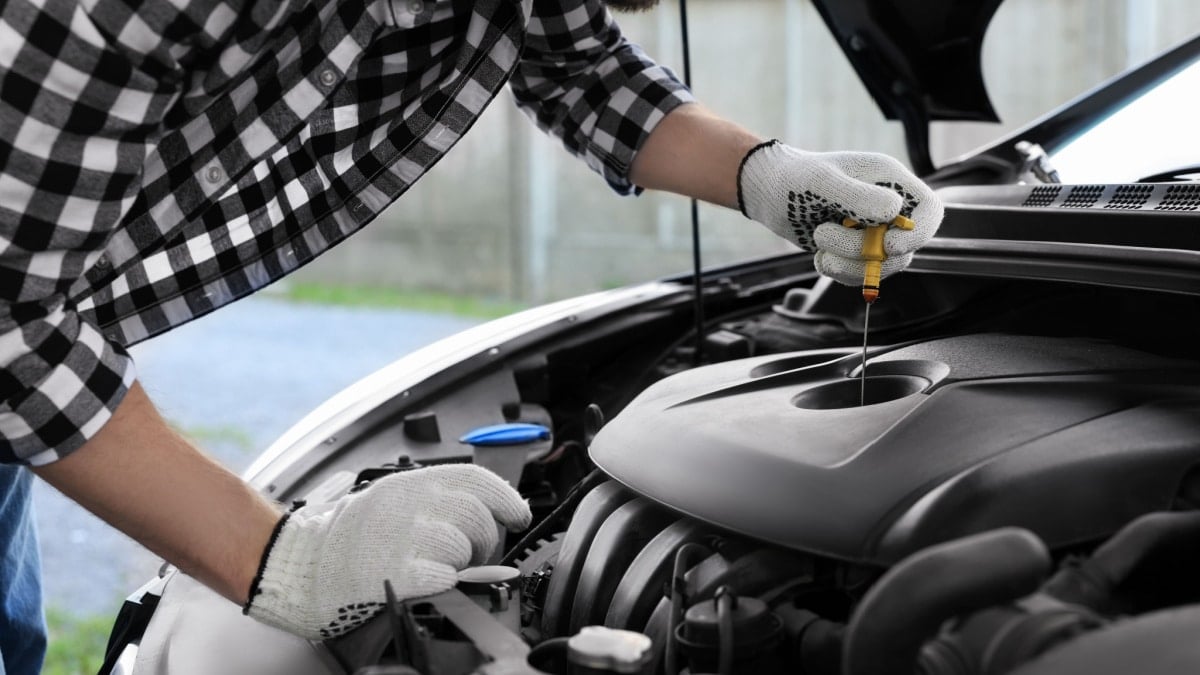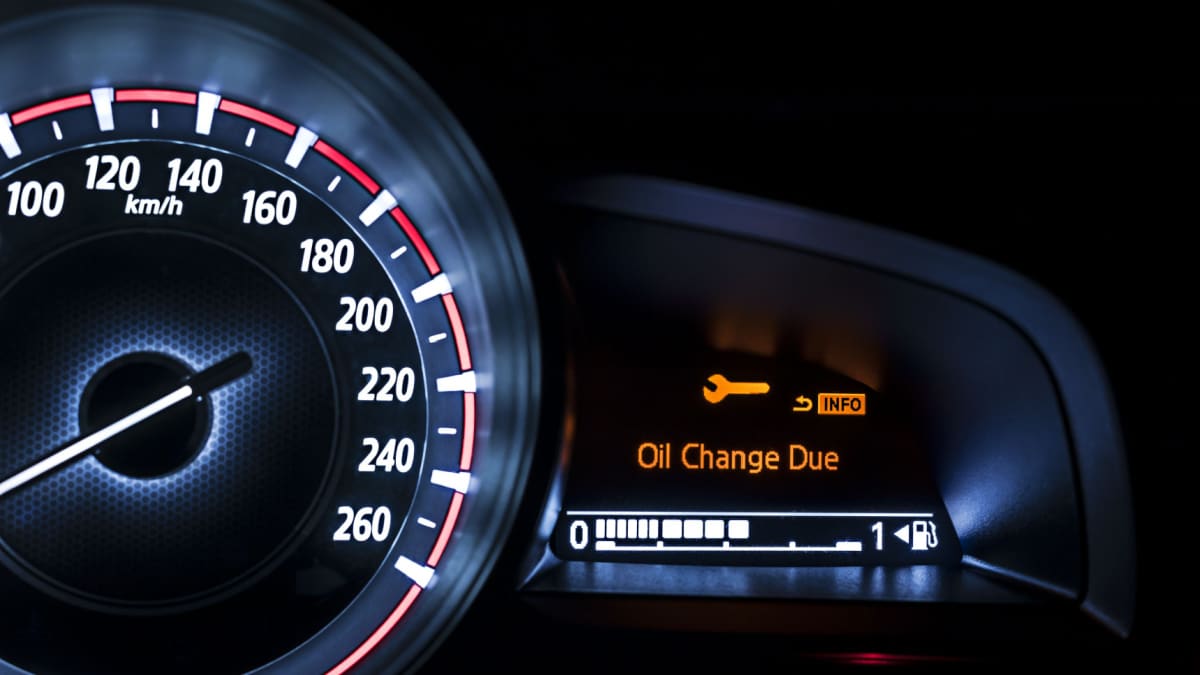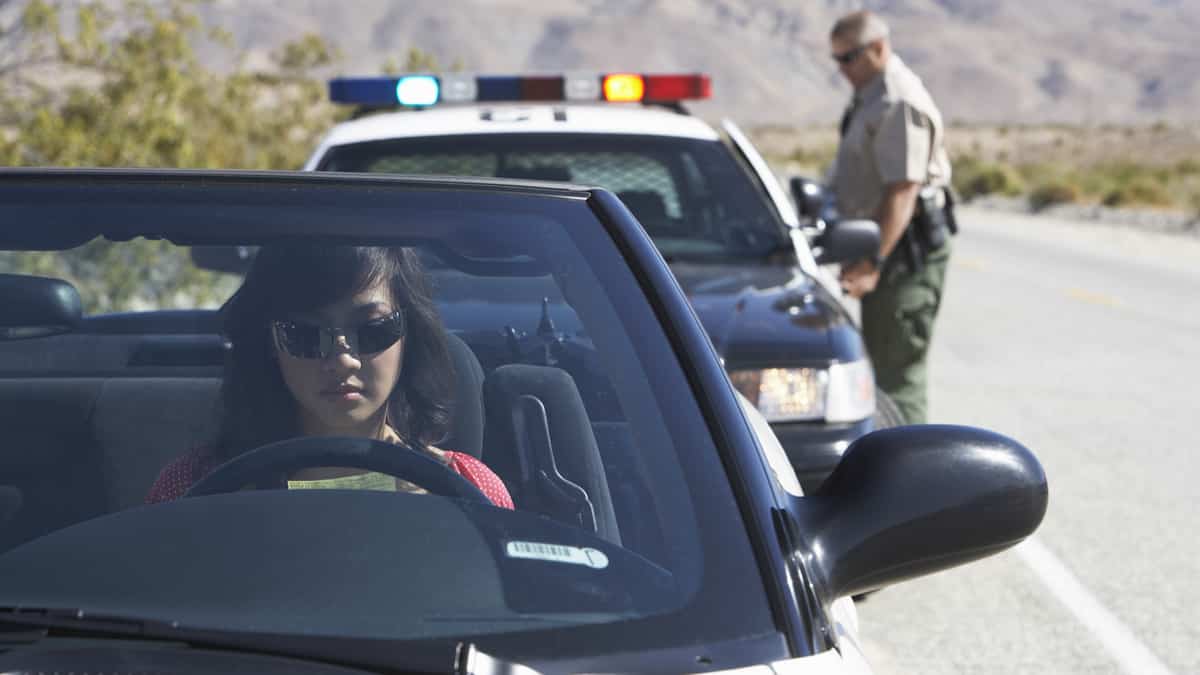If you’re heading down the road expecting a quiet drive and you are interrupted by clunking noises, you might be worried. If there’s a clunking noise when driving over bumps, it could be even more alarming as you start to worry about your on-road safety.
In this guide, I cover the top causes for this clunking over bumps. I also show you how to diagnose and fix the problem, so you can have a quiet drive once again.
Causes of Clunking Noise When Driving Over Bumps
This kind of clunking noise is normally the result of a worn suspension part, such as a sway bar link, strut, leaf spring shackle, control arm bushings, ball joints, or a shock absorber. It can also be caused by a worn body mount or a malfunction with the steering rack.
Here is a more detailed list of the most common reasons for a clunking noise when driving over bumps:
1. Bad Sway Bar Links or Bushings

The most common cause of a clunking noise coming from your car when you go over bumps is due to worn sway bar links or bushings. These sway bar links have ball joints that will wear over time and cause a clunking noise.
If the sway bar bushings that are holding the sway bar are worn, that will also cause a clunking noise.
2. Bad Struts
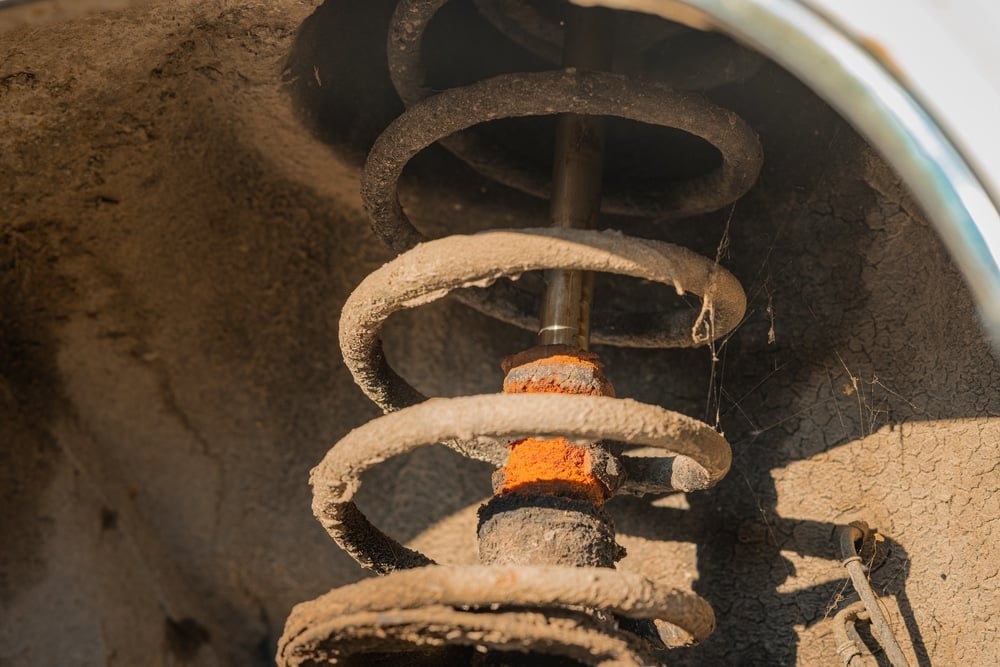
Struts are responsible for dampening the bounce in the vehicle and for supporting the structure. However, the struts will eventually fail, which can cause a clunking noise when traveling over a bump.
In some cases, the strut housing can also become damaged, especially after an impact. In this case, the noise might be even more pronounced.
RELATED: 6 Symptoms of a Bad Strut (Front or Rear)
3. Failing Shock Absorber
Shock absorbers act a lot like struts, but they don’t hold the weight of the vehicle. Because this vital suspension part needs to absorb impact from the wheels, you are sure to hear clunking sounds as they fail.
At first, you may only hear a slight tapping noise, which is common when a bushing gets cracked. The car also starts to bounce more when heading over a bump.
READ MORE: 6 Symptoms of Bad Shock Absorbers
4. Worn Leaf Spring Shackles
Leaf springs are primarily used for vehicles that will be heading off-road. You might have them in your SUV or truck. Over time, the leaf springs can break or bend, leading to a clunking noise.
Plus, this problem could also occur because of the leaf spring shackle. This is the component holding the leaf spring to the vehicle’s frame.
5. Damaged Control Arm Bushings
Even under normal driving conditions, the control arm bushings will eventually wear out. However, if you head off-road or drive down uneven terrain, you could face this failure prematurely.
Worn control arm bushings lead to misaligned wheels. Because of the poor alignment, you could hear more clunking as you head over a bump. If the issue extends into the body mount, you could also feel vibration in the cabin.
6. Bad Ball Joints
When the ball joints fail, it becomes more difficult to properly steer the vehicle straight. Additionally, a damaged ball joint housing can create more sound when going over bumps. The housing is prone to failure if there is debris or grime buildup.
Additionally, if the ball moves in and out of the housing due to excessive play, you will also hear noises. This problem commonly leads to a recognizable clunking noise, during certain road conditions.
RELATED: How Much Does a Ball Joint Replacement Cost?
7. Steering Rack Malfunction
There are bushings in the steering rack that can also fail over time. If these bushings fail, you might hear a clunking or knocking noise as you head down uneven terrain or a bumpy road.
There will also be excessive play in the steering rack if there’s a failure. Because of this, you could face a more difficult time keeping the car under control.
8. Worn Body Mount
The body mounts are responsible for securing the vehicle frame to the body. If damage occurs to any of these mounts, you are sure to hear more noises.
Not only may you hear noise, but there’s also the chance that something is misaligned. As the body mount bushings fail, you could notice more gaps or cracks in the body where everything was previously lined up correctly. However, these body mounts will almost only be found on trucks with a vehicle frame.
How to Fix Clunking Noise When Driving Over Bumps
To fix a car with a clunking noise when driving over bumps, you need to inspect the sway bar links and bushings. You’ll also want to inspect struts, shocks, leaf springs, ball joints, control arm bushings, and other suspension parts.
Here is a more detailed list on how to fix a clunking noise when driving over bumps:
1. Diagnose/Replace Sway Bar Links and Bushings
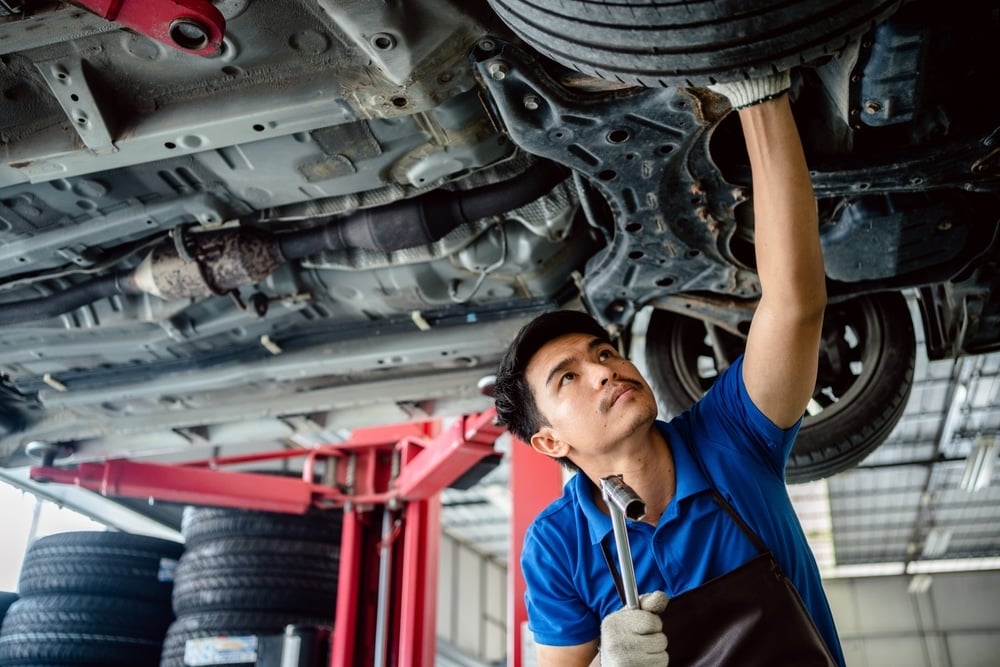
The first thing you want to do when you hear a clunking noise when going over bumps is to inspect the sway bar links and bushings. To do this, the vehicle must be on a flat surface without raising the car. Once you’ve don this, you must check the links and bushings.
Do not raise the car with a floor jack, as this will cause tension in the links and bushings, and you might not be able to tell if they are bad or not.
2. Diagnose/Replace Struts
When you push down on the front and rear of your car, you can see if everything is working as it should. If there strut is damaged, it might pop as it goes up and down. You can also turn the wheels to see if there are any clunking or popping noises.
A physical inspection of the strut would be your next step. If you notice oil around the housing, the strut might be leaking, requiring replacement. You also want to inspect the coil springs around the struts.
3. Check/Replace Shock Absorbers
Check the shocks for any sign of damage. You may need to lift the vehicle and use a flashlight to get a good look at the shocks. Some people prefer to try the bounce test. If you push on the vehicle and let it go, it should never bounce more than once before regulating itself.
You can also examine the tire tread to see if the shocks are worn out. When shocks start to fail, the tread begins to cup. It’s best to replace the bad shocks as soon as possible to avoid this wear on the tires.
READ MORE: How Much Does A Shock Replacement Cost? (Front & Rear)
4. Diagnose/Replace Control Arm Bushings
With your flashlight, you can also check the control arm bushings. You can also perform an on-road test, as bad control arm bushings make more noise during a fast take-off or quick stop, as well as over bumps.
If you notice damage to the control arms, they need to be replaced. These parts can also become bent or loose.
5. Inspect/Replace Ball Joints
You aren’t going to inspect the ball joints very similarly to the other suspension parts. You won’t be able to look for broken or damaged ball joints with the use of your flashlight.
There should be a cotter pin and castle nut with the ball joints. With your pry bar, you should be able to wiggle the ball joint to check for play while the wheels are off of the ground. If there’s too much play, it’s time to replace them.
6. Check/Replace Leaf Spring Shackles
With a flashlight, you should be able to see the leaf spring shackles and inspect them for damage. In some situations, you may need to raise the vehicle with the help of a floor jack and jack stands.
If you notice any damage, bent shackles or parts that are loose, it’s time to replace them. You can also check the mounting bolts at the same time and tighten them with a wrench.
7. Diagnose/Replace Body Mount
Your car could have as many as eight body mounts, all of which should be inspected when the clunking noise begins. If any mount is damaged, it must be immediately replaced to ensure your vehicle remains intact and secure on the road.
If you drive a unibody vehicle, these mounts aren’t present. Instead, the sound could be coming from the subframe holding the rear suspension and engine.
8. Inspect/Replace Steering Rack Bushing
To inspect the steering rack, you must jack up the vehicle. Support it properly by putting the jack stands at the appropriate placement points listed in your service manual.
Grab the front tire with a hand at three o’clock and the other at nine o’clock. Shake the tire side to side as someone watches the steering rack bushings. If there’s knocking in the tire or you feel strange movements, you want to replace the bushings or the steering rack.
Fluid can leak from the steering rack boot, indicating replacement is needed. Thankfully, the bushings don’t usually cost too much.
What Causes a Clunking Noise in the Front End?
Any suspension part can fail and cause clunking, especially when you drive over road imperfections. Whether the shocks are damaged or new struts are needed, it’s important to perform a complete physical inspection and replace the defective parts immediately.
Do Ball Joints Clunk Over Bumps?
When the ball joints begin to fail, it’s normal to hear a clunking noise, but it normally only starts when traveling over bumps and uneven road surfaces. You could also notice a vibration of the wheel and a wandering feeling as you try to maintain control of the vehicle.
How Do I Diagnose Clunking Noise When Driving Over Bumps?
Start by paying attention to where the sound is coming from. By understanding what part of the car the noise originates from, you will have an easier time hunting down the problem. Inspect the area with your flashlight to determine what’s defective and replace it right away.
Is It Safe to Drive With a Clunking Noise?
Once the clunking noise begins, any part of the suspension could be to blame. With a bad suspension, it becomes more difficult to control the vehicle, thereby putting you at risk of an accident. For this reason, and to ensure that the rest of the suspension remains intact, it’s best to replace the problem immediately.
A clunking noise when driving over bumps doesn’t need to be a nightmare to deal with. In most cases, you are looking at a defective suspension part, such as the strut, sway bar link, leaf spring shackle, control arm bushings, shock absorber or ball joints. Otherwise, there could be a body mount that’s worn or a problem with the car’s steering rack.
Whatever is causing the clunking, it’s necessary to replace the defective part as soon as you can. If you are unsure what you are looking at, take your vehicle to a qualified mechanic for more support. By keeping your car’s suspension in optimal condition, you ensure not only a safe drive but also a pleasant experience, no matter what the road terrain looks like ahead.
Learn more:
- How Much Does Car Suspension Repair Cost?
- Car Making A Rattling Noise? Causes & Fixes
- Car Makes Noise When Turning? (9 Causes & How to Fix it)
- Car Making Squeaking Noise While Driving? – Causes & Fix
Categories: Suspension, Troubleshooting
